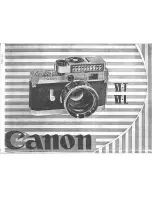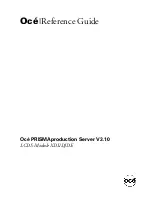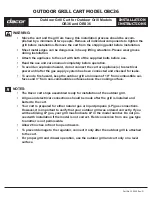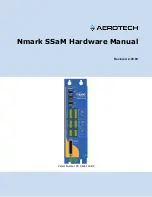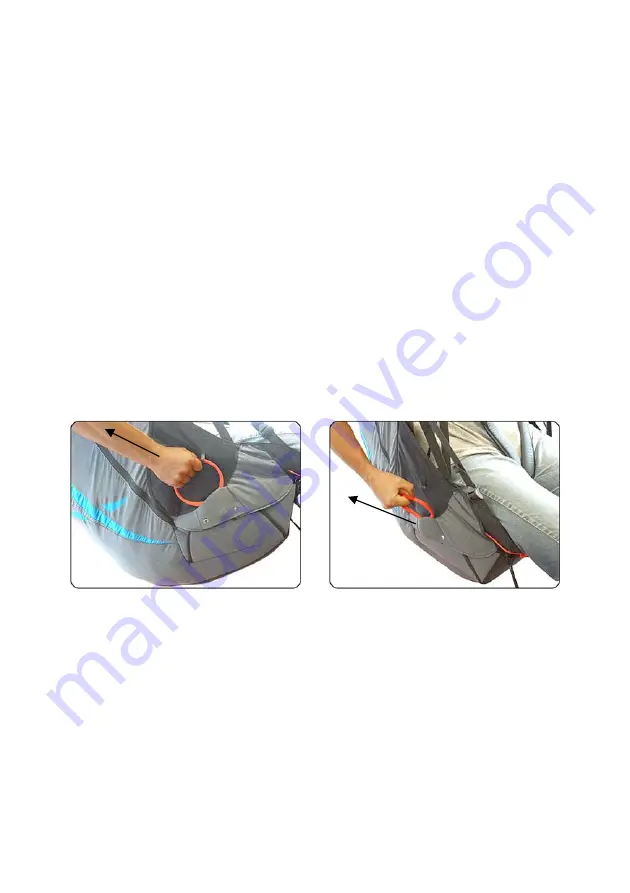
16
Take off with X-Dreamer
The ergonomic geometry of the X-Dreamer greatly simplifies takeoffs and landings.
Leg`s strap system and sliding shoulder straps enable to stand and run completely
upright by takeoff and landing.
The pilot must only raise the thighs to a 90 degree angle to the body. Thanks use of
different materials on the seat board it is easy to slide into the seat after takeoff. This is
possible without the help of the hands.
The X-Dreamer is ideal for ground handling.
Rescue Deployment
It is vital to periodically feel the position of the rescue handle in normal flight, so that the
action of reaching for the rescue handle is instinctive in an emergency.
In the event of an emergency, the pilot must quickly evaluate his or her height and the
seriousness of the incident. Deploying the rescue when the glider is recoverable may
increase the danger of injury. If you have sufficient height and the glider is in a flat spin,
it is preferable to first try to stop the spin (e.g. full stall), due to the risk of entanglement.
On the other hand, a second’s hesitation in deploying the reserve could prove costly if
there is insufficient height.
If the rescue is to be deployed, the procedure is as follows:
Look for the rescue handle and grasp it firmly with one hand
Pull sidewards / upwards on the handle to release the deployment bag from the
harness container
Look for a clear area, and in a continuous motion, throw (and RELEASE!) the
rescue system away from yourself and the glider, preferably into the air stream and
against the direction of spin.
After deployment, avoid entanglement and pendulum motions by pulling in the
glider as symmetrically as possible with the B, C, D or brake lines
On landing take an upright body position and be sure to do a PLF (Parachute
Landing Fall) to minimize the risk of injury




















